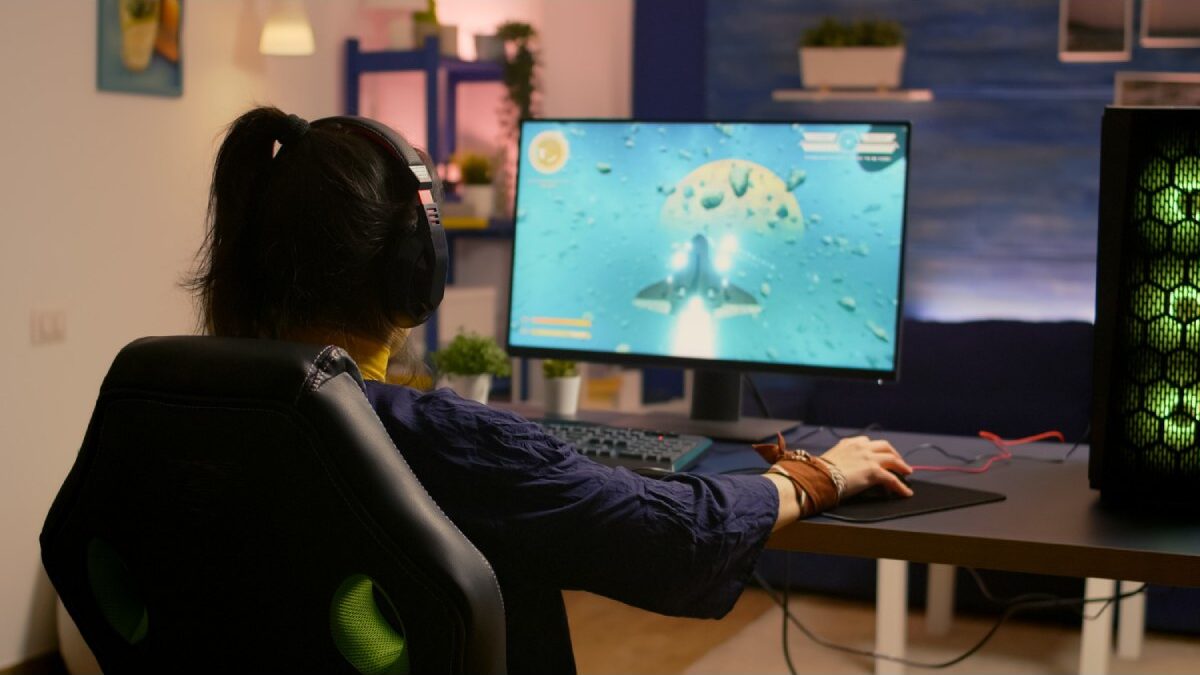As a gamer, you may need to make several decisions to get the best gaming experiences possible.
It isn’t just as easy as finding a rig that is compatible and has the available specifications a title needs to run. While this is still essential for some game types, especially those that require a lot of power to run smoothly, there are many other factors to consider.
Online gaming has continued to take off, with new technologies enhancing the experiences available. Players can play across multiple devices using cloud technologies and enjoy games that weren’t initially possible, such as those available with the DraftKings Casino Promo Code. Having an internet connection has also created a new method of gaming: streaming. Players stream to others who watch as they play, allowing them to create a social experience that traditional gaming couldn’t replicate.
Still, what is better to use: a local gaming rig or a remote gaming rig? How do the two compare? They differ primarily in where the game processing occurs, which can impact performance, latency, image quality, cost, and control.
Let’s take a look at each one and how they compare…
Local Gaming Rigs
A local gaming rig is a personal computer specifically built or configured to play video games directly on the hardware owned and physically present with the user. It runs games using local processing power without relying on streaming from remote servers.
This means a game’s performance will depend on the hardware specs of the rig, as the games run directly from it. This means no compression loss in image quality and minimal input latency; essential for competitive and graphics-intensive gaming. Games are permanently owned and can be played offline, making them more convenient in one way (although this isn’t always true).
Since they are local, games can be played continuously without relying on the stability of an internet connection. While downtime can be rare, it can still be encountered when using the web. Without having to worry about this, players can enjoy a session without concern.
However, if there is a major con, it could be that a local gaming rig requires significant upfront costs. Owning a gaming computer can be very expensive because of the equipment needed for the best gaming experiences. The hardware can be costly, especially key components like high-end GPUs and CPUs. At the same time, regular maintenance may be required, which can come at a cost.
Remote/Cloud Gaming Rigs
A remote/cloud gaming rig refers to a system where the game runs on powerful, remote servers located in data centers rather than on a local PC. The game processing, including rendering graphics and running game logic, happens on these cloud servers, and the video and audio output is streamed over the internet to the player’s device.
Unlike local rigs, there is no need to spend significant amounts of money on hardware upgrades or regular maintenance. Still, a subscription or membership fee may be required, which often contributes to the servers used to ensure a positive gaming experience.
Remote/cloud gaming rigs are arguably more convenient in terms of accessibility and portability, as players can play on any connected device. Servers will run continuously, but issues can arise, causing them to go down and making games unplayable.
As they rely on internet usage, many factors are outside of the gamer’s control. Latency is higher due to network transmission delays (often adding between 40 ms and up to 150 ms, depending on connection quality and distance to data centers). Image and video quality may suffer from compression artifacts, especially at higher resolutions like 4K or ultrawide displays. Games are heavily reliant on fast, stable internet (25 Mbps or more recommended).

